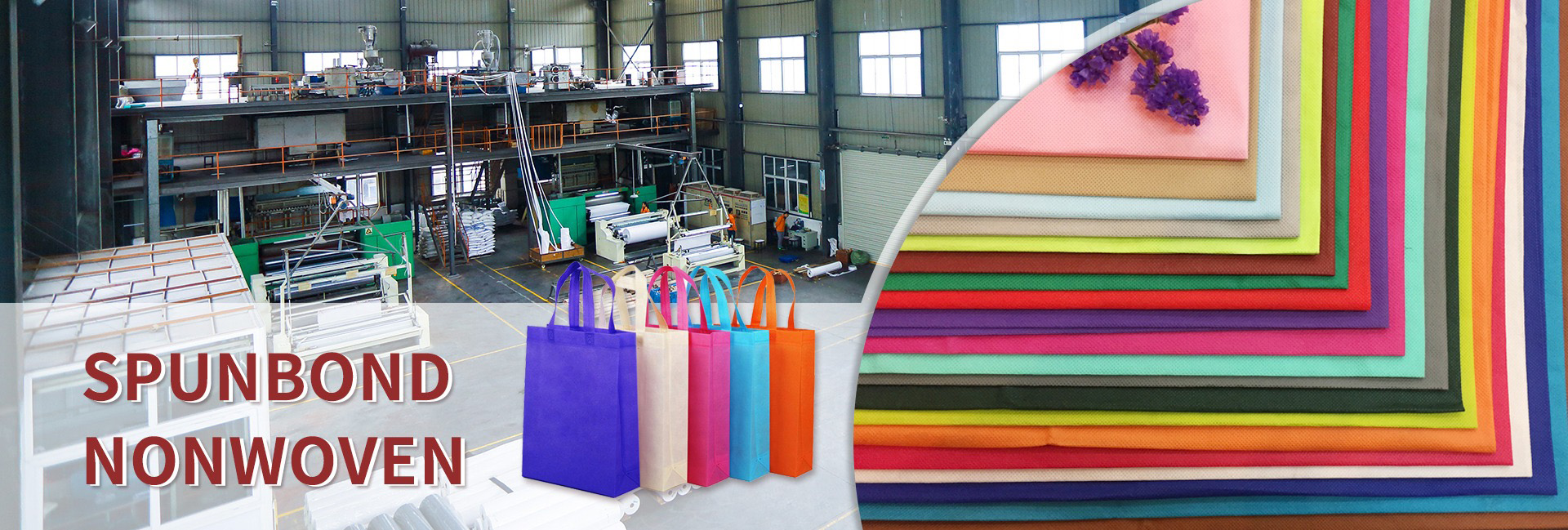This goes beyond physical isolation; it equips farmland with “nerve endings” that sense pests and diseases. It’s a revolutionary tool for implementing the “prevention-first, integrated control” approach to crop protection.
System Core: Evolution from “Physical Barrier” to “Smart Sentinel”
Traditional non-woven fabric coverings primarily provide physical isolation, preventing adult insects from contacting crops and laying eggs. The intelligent non-woven fabric system builds on this foundation with three key upgrades:
Functional Integration: Insect pheromone attractants, microsensors, image recognition modules, and wireless transmission units are modularly integrated or attached to the non-woven fabric.
Information Perception: The system is no longer a “dumb” barrier; it can sense and capture pests attempting to approach crops in real time.
Data Driven: Captured pest signals are converted into data, which is then analyzed and issued in real time through an IoT platform for early warning.
Working Principle: A “Thinking” Protective Net
The workflow of this system is comparable to a sophisticated “immune system”:
1. “Luring the Enemy Deep”: Precise Entrainment
Key points on the smart nonwoven fabric are loaded with slow-release insect pheromone lures. These lures continuously release estrogen specific to specific pests (such as cotton bollworms, diamondback moths, and fruit flies), precisely attracting male insects.
2. “Identification”: Precise Counting and Identification
Solution A (Sensor Counting): Infrared beam sensors or capacitive sensors are deployed in the passageway near the lure. When an attracted pest passes through the passageway, the beam is blocked, and the system automatically completes a count. This method is low-power and suitable for large-scale deployment.
Solution B (Image Recognition): A miniature camera is installed inside the trap to periodically capture images of captured pests. Embedded AI image recognition algorithms enable not only counts but also precise identification of insect species and even age analysis, providing richer information.
3. “Intelligence Upload”: Real-Time Transmission
The microprocessor in the non-woven fabric system transmits count or image data in real time to a cloud platform or a farmer’s mobile app via low-power wide-area network technologies such as LoRa and NB-IoT.
4. “Decision-Making and Control”: Intelligent Early Warning and Interaction
After receiving the data, the cloud platform combines it with meteorological data and historical pest models for comprehensive analysis.
Real-Time Warning: When pest populations exceed a set economic threshold, the system immediately sends an alert to the farmer, such as “The number of adult diamondback moths in your A3 block has reached the warning level. It is recommended that control measures be taken within three days.”
Precision Pest Control: If the farmland is equipped with smart agricultural machinery or drones, the system can even generate variable-rate pesticide prescriptions, directing drones to precisely spray only areas where pest density exceeds the standard, saving over 90% of pesticide use.
System Advantages: Reshaping the Pest Control Paradigm
From “Treating After Infestation” to “Treating After Infestation”: Traditional methods rely on delaying pesticide application after larval infestation is discovered, which is often too late. This system issues early warnings during the adult stage, before pests lay eggs, significantly shortening the prevention window and achieving excellent results.
Transforming “comprehensive coverage” into “precise targeted killing”: This fundamentally changes the extensive pesticide application model of “better to kill a thousand by mistake than to let one go,” significantly reducing pesticide use and environmental pollution.
Data-driven scientific decision-making: Long-term accumulated pest data can form regional pest occurrence prediction models, providing a scientific basis for future planting plans and risk management.
Seamless integration with physical protection: Non-woven fabrics still perform their inherent physical functions of repelling insects, weeds, retaining heat, and retaining moisture, while intelligent warnings are the “smart brain” that adds the icing on the cake.
Application Scenarios and Future Outlook
High-value Crops
In organic farms, green food production bases, greenhouse vegetable production, and premium orchards, this system is invaluable in reducing reliance on chemical pesticides.
Seed Propagation Bases: Ensuring seed purity and health requires extremely high levels of prevention and control.
Urban Agriculture and Vertical Farming: Achieving fully traceable, pesticide-free, and safe production.
Future Evolution
Self-Propelled Systems: Exploring the use of light energy or temperature differences to power microsensors, achieving energy self-sufficiency.Multifunctional Integration: Integrating pest warning with disease monitoring (through microbial spore monitoring), water and fertilizer status monitoring, and other functions.Swarm Robot Collaboration: Upon an early warning, ground or aerial robots can be automatically dispatched for precise physical removal (such as laser pest control) or biopesticide spraying.
Conclusion
When agriculture adopts this “protective suit” that combines “physical protection” with “intelligent nerves,” the role of farmers will also change: from toiling day and night field patrollers to modern agricultural managers, seated in command centers, making decisions based on real-time data.
Smart nonwoven fabric systems transform invisible pest threats into visible, alertable, and manageable digital signals. It is not only a barrier to protect crops, but also a bridge connecting the physical and digital worlds, marking that agricultural pest control has officially entered the era of precision “sensing + data + intelligence”.
Dongguan Liansheng Non woven Technology Co., Ltd. was established in May 2020. It is a large-scale non-woven fabric production enterprise integrating research and development, production, and sales. It can produce various colors of PP spunbond non-woven fabrics with a width of less than 3.2 meters from 9 grams to 300 grams.
Post time: Oct-17-2025

